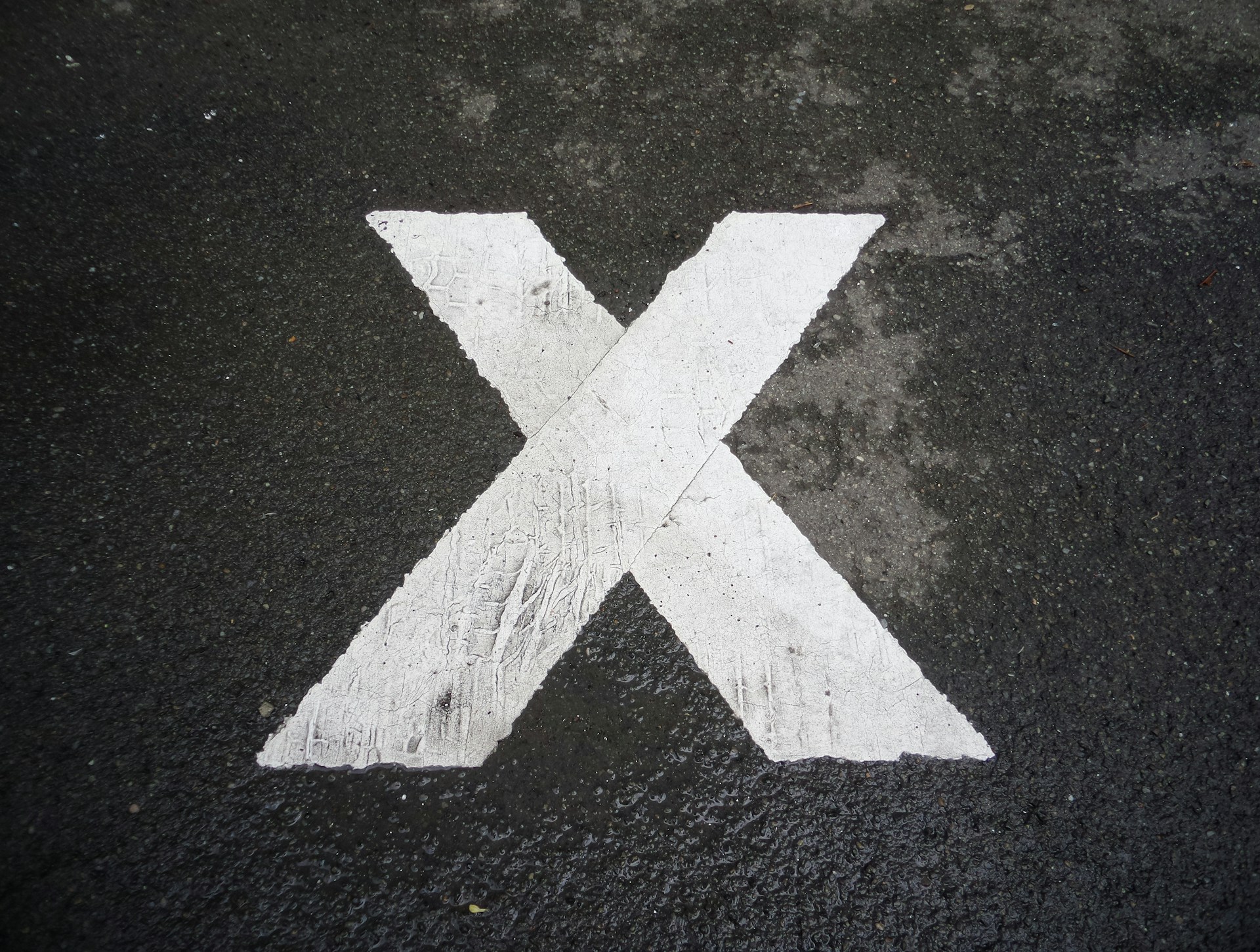29 Jan Common mistakes that could make your Will invalid

Signing a Will is an important life admin task that most people want to do as quickly and as effortlessly as possible. But without proper care and attention, mistakes could result in your Will being invalid and of no effect.
Section 6 of the Succession Act 2006 (NSW) sets out the criteria for a validly executed Will. It requires the Will to be:
(a) in writing and signed by the testator or by some other person in the presence of an at the direction of the testator; and
(b) the signature is made or acknowledged by the testator in the presence of 2 or more witnesses present at the same time; and
(c) at least 2 of those witnesses attest and sign the Will in the presence of the testator but not necessarily in the presence of each other.
Once the Will has been signed, it is vital that it is kept in a safe place and kept in the same condition as it was when it was signed.
As lawyers, we regularly see Wills that either fall short of the requirements in section 6 above, or have been lost, damaged, or altered, and this can be extremely problematic when someone dies, and the Executors try to enforce the Will.
Some of the more commons issues we see are:
1. The Will is not signed by the willmaker at all, or not signed by the willmaker in the presence of 2 witnesses.
If there is doubt over the execution of the Will, the witnesses can be called to give evidence in Court to say that they physically saw the willmaker sign the Will. If the witnesses cannot be located, or cannot give that evidence, the Court may find that the requirements under Section 6 have not been met.
2. Wrong witnesses signing or details missing.
The witnesses must not be a beneficiary or potential beneficiary as otherwise the gift to them may be invalid. The witnesses need to sign, and it is preferable that their full name and address are completed so they can be called upon if required by the Court.
3. Making amendments or alterations to the Will.
Sometimes grammatical errors or spelling errors happen and are only noticed when the Will is about to be signed. If amendments or alterations are required, best practice is to make the amendments and print a new document for signing. If alterations are made the alterations need to be initialled by the willmaker and the witnesses or otherwise, the Supreme Court Rules 1970 will require an affidavit including evidence that the alterations or amendments were made before the Will was executed.
4. Documents referred to or attached to the Will, or parts of the Will torn or cut.
It is vital that the Will is kept in a safe place, and in the same condition as it was when it was signed. This includes ensuring that all documents that either form the Will or are referred to in the Will remain securely attached to the Will, and the Will is not defaced, damaged, or taken apart.
One of the most common mistakes we see, is the removal of staples or other fixings that bind a Will together. Often, people remove them to take photocopies of the Will, or the like, and either re-staple the Will together leaving several staple holes or leave the Will unstapled and loose.
However, removing the staples or other fixings that bind the Will together will mean the Supreme Court Registry cannot be satisfied on the face of it, that the Will remains in the same condition as it was when it was signed. In these circumstances, the Supreme Court Registry will look at the legislative requirements first.
Part 78, sections 30 and 31 Supreme Court Rules 1970 require an affidavit to be filed with all relevant evidence where the Will:
[section 30]:
(a) Contains reference to a document that suggests that the document forms part of the Will, or
(b) There are marks on the Will from which it appears that a document has been attached to it.
[section 31]:
Appears that any part of the material on which the Will was written has been torn or cut off, the affidavit in support must include all available evidence 9incluidn the torn or cut-off part) in regard to those circumstances.
The person who would be responsible for making this affidavit may be the witnesses to the Will or the person who removed the staples initially. If this person is unavailable or unwilling (perhaps due to decline in health or cannot be located), then the Supreme Court Registry is faced with a challenge of being unable to satisfy itself that the Will has not been tampered with. The worst-case scenario would be that the Will is deemed invalid, and the rules of Intestacy then distribute the estate.
Conclusion:
In conclusion, it is important to remember that Wills are important legal documents, that will be relied upon after the willmaker’s death, which means the willmaker will be able to help with any issues that may arise. Therefore, a professional Will should be prepared by a lawyer, and after signing, it must be treated carefully, and kept in the same condition as it was in at the time of execution. Any amendments, alterations, or photocopies should be done with the guidance of an experienced lawyer.
Written by Rebecca Exley
Photo by Possessed Photography on Unsplash